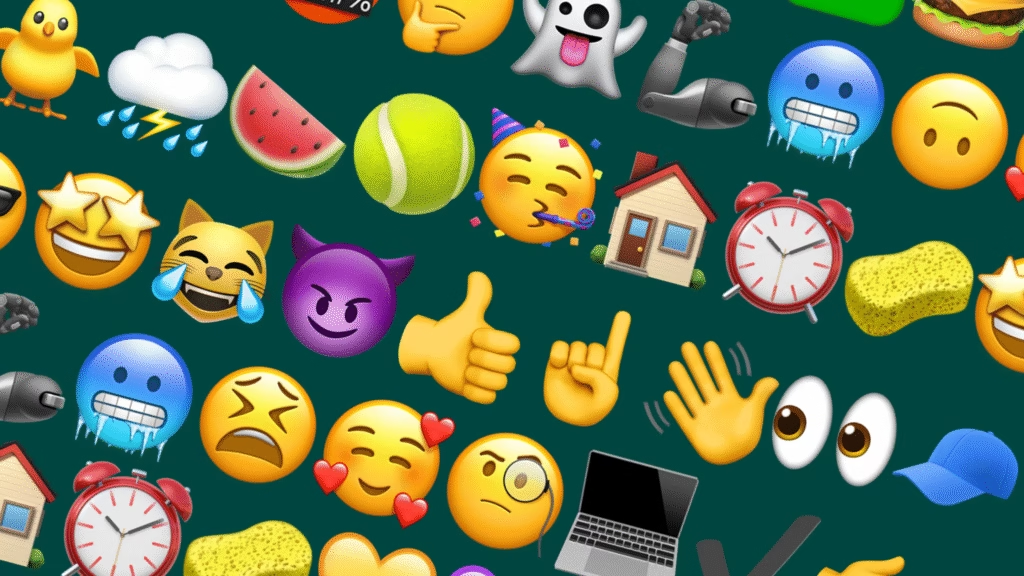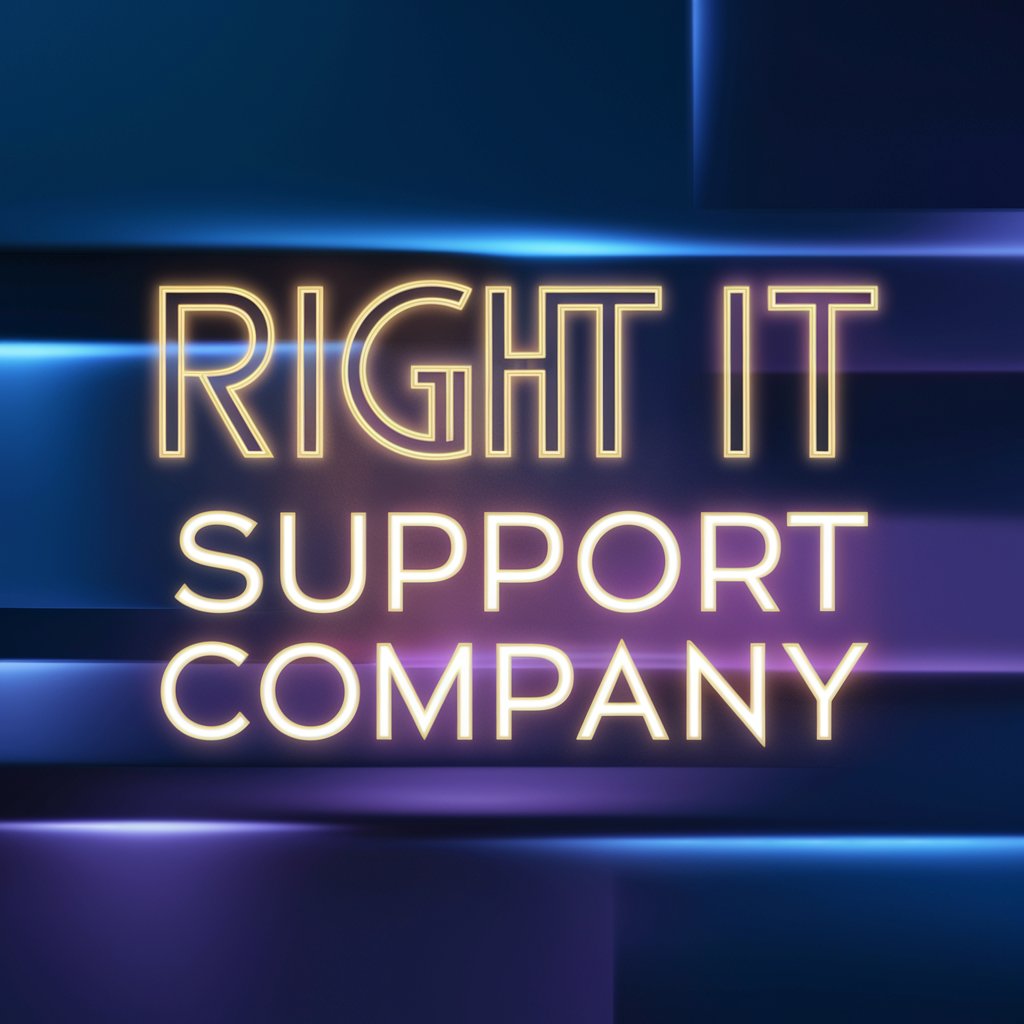Brands are continuously looking for new and creative methods to engage viewers in the fast-paced digital environment of today. Emojis, memes, and GIFs are examples of the new language of communication that has emerged with the growth of social media. These visual components are now crucial to digital marketing because they allow companies to interact with customers in a meaningful, enjoyable, and relevant way. Their power is in their capacity to amplify brand identity, simplify communications, and elicit strong feelings. Emojis, memes, and GIFs are discussed in this article along with how companies can use them to increase engagement and conversions.
Emojis as an Effective Tool for Communication
In digital communication, emojis have emerged as a common language that aids in humanizing conversations and expressing emotions for companies. These little symbols give text messages individuality and have a big impact on how customers perceive them. Emojis may boost engagement rates when used in marketing materials like push alerts, email subject lines, and social media captions, according to studies. Emojis have been effectively employed by companies like Coca-Cola and Domino’s to encourage consumer connection; they have even made their emojis to advertise their campaigns.
Emojis also aid in overcoming language boundaries, increasing the accessibility of communications for a worldwide audience. However, companies must use emojis wisely to ensure they complement their tone and target audience’s tastes.
Memes as a Viral Marketing Strategy
Zephyr Chan of Better Tools said, the influence of memes on marketing is evident, and they have taken the internet by storm. A funny picture, video, or text that becomes viral on social media is called a meme. Memes are used by brands to engage their audience in a lighthearted and casual manner, transforming their messaging from an advertisement to a joke that everyone can laugh at. Using popular subjects and online comedy, businesses like Netflix and Wendy’s have perfected meme marketing, producing relevant material that appeals to consumers. Authenticity is the key to successful meme marketing; companies who include memes into their advertising without knowing internet culture run the danger of coming out as outdated.
Memes may promote user-generated content, provide a feeling of community among followers, and raise brand awareness when handled properly.
GIFs as a Tool for Dynamic Engagement
Jessica Shee, Marketing Manager of M3datarecovery.com said, digital communication becomes more dynamic and engaging when GIFs (Graphics Interchange Format) are used to create motion. GIFs, as opposed to static pictures, may swiftly grab attention and successfully express feelings or sentiments. GIFs are frequently utilized in marketing emails, social media postings, and customer service exchanges. GIFs are used by companies like Starbucks and Nike to emphasize product characteristics, draw attention to special deals, and interact with customers in a playful way.
GIFs’ ability to loop makes them extremely shareable, which raises the likelihood that material will become viral. Furthermore, companies may produce and share unique GIFs using sites like Giphy and Tenor, which raises brand recognition even further. GIFs may increase engagement rates, enhance audience retention, and make information more aesthetically pleasing when used in marketing.
The Psychology of Marketing’s Use of Visual Content
The psychology of visual communication explains why emojis, memes, and GIFs are so successful in marketing. Brands may more easily communicate their message using graphics and animations since humans digest visual information more quickly than words. Emotions and humor also have a big impact on how consumers behave. Content is more likely to be shared and remembered if it makes you laugh, feel nostalgic, or get excited. Brands may increase brand memory and fortify their emotional bond with consumers by integrating visual components into their marketing.
The Best Ways to Use GIFs, Emojis, and Memes in Marketing
GIFs, memes, and emoticons may all be very powerful marketing tools, but firms need to use them carefully. Inappropriate or excessive use might give the impression that a brand is outdated or unprofessional. Before incorporating these components into their campaigns, marketers should think about their target demographic and brand language. In order to avoid employing out-of-date or irrelevant material, it is also crucial to keep up with current trends and online culture. Brands should also make sure that the visual components they employ complement their overarching statement and objectives. A well-planned strategy may result in enhanced consumer interactions, more engagement, and a more robust online brand presence.
Conclusion
Digital marketing has changed as a result of emojis, memes, and GIFs, which increase the visual attractiveness, relatability, and engagement of brand communication. With the help of these components, marketers can produce content that emotionally connects with consumers, promotes social sharing, and resonates with them. They may greatly improve a brand’s online visibility and increase consumer interaction when implemented properly. Marketers need to use these technologies as digital trends continue to change in order to remain relevant and establish creative connections with customers.






